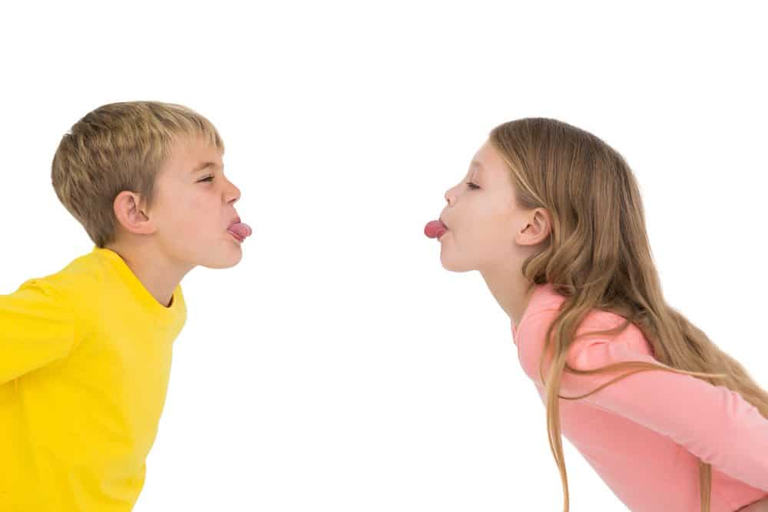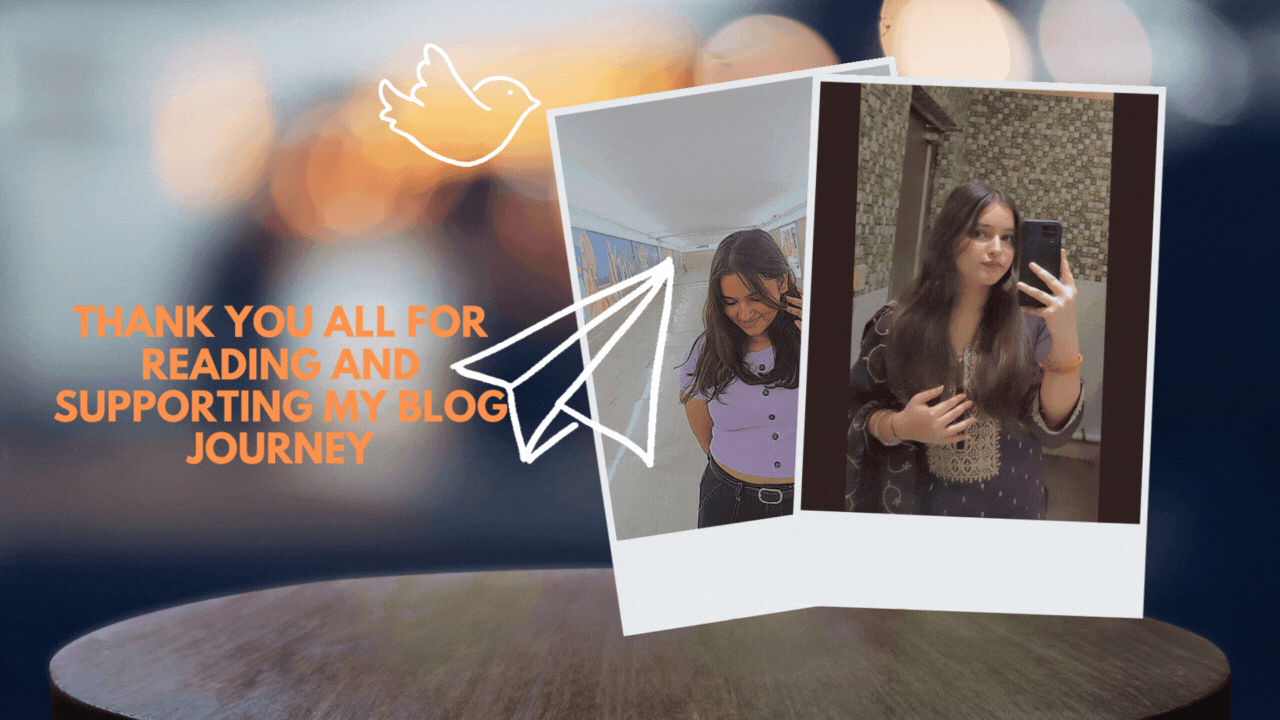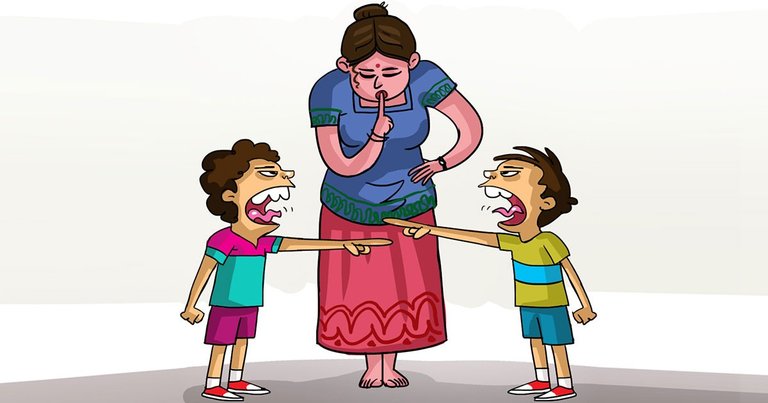Sibling Bonds: Navigating Love, Rivalry, and Evolution, Ravely Woven
Most people have a sibling. In fact, children in the US today are more likely to grow up with a brother or sister than with a father. Now, while a lot of social scientists research the impact of schools and parenting, little attention is given to a relationship that might be even more consequential. So what do we know about siblings, birth order, and why children from one family grow up to have very different personalities? Let's start with our analysis of the tragic story of the two most famous brothers in Western history. Once upon a time, there was a boy named Cain, who received all the love and attention from both of his parents.
Growing up, the boy knew only one world, and he himself was at its center. Everyone around him cared only for him and nothing else. All that changed when his mother gave birth to Abel. Cain should have understood that his parents' attention now had to be divided between him and his brother. This was a revelation he wasn't able to accept, and he became increasingly jealous and sometimes even violent against his little brother. Cain, as the first born, naturally looked up to his father as his role model.
Following convention, the father himself raised the boy with certain expectations. It was therefore especially painful for Cain to see that his father now cared so much for his younger brother. Abel naturally looked up to his brother for guidance. Things were not easy for him neither. But unlike Cain, Abel knew no different. As the boys grew up, Cain gained a strong sense of responsibility and, following tradition, took over the family farm. Abel, who was free from any obligation, chose to become a shepherd. Cain envied his younger brother's autonomy because life as a farmer became increasingly difficult. And on the day that the brothers were to make a gift to their father, Cain only brought a few bundles of dry grass.

Abel, who did well for himself, brought an entire lamb. When the father thanked Abel for his generosity, Cain felt deep shame. Over night, his shame turned to hatred of monstrous proportions, and the next day, he killed his own brother. The first big contribution to the field of sibling research came from the Austrian psychiatrist Alfred Adler and his theory of individual psychology. Adler believed that the main motive of human behavior is our desire for power, partly in compensation for our feeling of inferiority.
Hence, sibling dynamics play a central role in family life and personality development as we grow up. Adler argued that children who grow up in the same family experience the family differently. In particular, sibling rivalry over family resources influences the development of personality. As a means of reducing competition, siblings differentiate, develop different qualities, and choose different interests. When siblings don't find their niches, their relationship can suffer. The Kellogg brothers hated each other and fought in court over who invented cornflakes. The Dastlas competed in business after one started Adidas, the other founded Puma. But many siblings love each other more than anything. So what do we know about siblings in general? Here are six things science suggests to be true.
First born and single children look up to their father or mother as role models. The gap in mental and physical development between them and their parents may be the reason that they have, on average, a higher IQ. Parents tend to give their first born more attention and often set higher expectations. If they can't live up to those expectations, they may feel inferior, but on average, they seem to benefit from their position. Younger siblings model their development after their big brothers or sisters.
When I say or hear the word “siblings,” the image of my two younger sisters appears in my mind. To be honest, those little kids are my life. My entire universe seems to revolve around them. This post is solely about me, my sisters, and how our wonderful sibling relationship has evolved over the years.
Siblings: they’ve been there for us through thick and thin, sharing our childhood secrets, gossiping about us to our parents, and lending a helping hand in our wildest adventures. As we get older, these childhood friends often become some of our most treasured adult best friends. The bond of sibling love is truly unique, and it is a connection that evolves with us throughout our lives. Having said that, it is important to remember that this relationship, like any other, must be beautifully carved and designed.

Posted Using InLeo Alpha


Source of potential text plagiarism
Hello.
Plagiarism is the copying & pasting of others' work without giving credit to the original author or artist. We would appreciate it if you could avoid plagiarism of content (full or partial texts, videos, photography, art, etc.).
Thank you.
Guide: Why and How People Abuse and Plagiarise
If you believe this comment is in error, please contact us in #appeals in Discord.